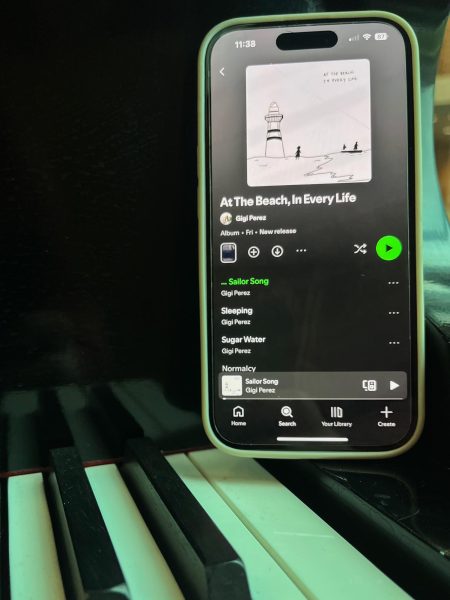IMPACT may actually have negative impact
Self-defense training program confuses message.
A few weeks ago, The Dakota Student ran an article that mentioned the IMPACT class at UND. For those of you unfamiliar, IMPACT is a class designed to teach women to protect themselves against an attacker in the event of an assault — sexual assault, specifically. I have always had strong feelings about the class and what it promotes, but have never felt the need to speak out until now.
In a way, I hate speaking out against the IMPACT program. I have no problem with learning to defend yourself if the worst happens. I’m even grateful for being taught how to effectively SING — an acronym standing for “solar-pexus, instep, nose, groin,” used to remember the vulnerable spots in the human body when faced with an attacker. I also will never, ever be against a class that promotes empowering women.
However, I must speak out. IMPACT has a serious flaw that cannot and should not be ignored. It lies less in what IMPACT is doing and more in what it can be viewed as. For example, consider the commercial on UND’s IMPACT website.
The video depicts a woman walking alone at night through the O’Kelly underpass. There is a dark figure following close behind her. Eventually, he attacks. The video cuts away to footage from the class, showing women fighting against an “attacker” dressed in what looks like duct tape armor. After a few seconds, the video goes back to the woman, who is looking down in horror at the now-incapacitated attacker. The last sentence and the only spoken sentence in the whole video, “It’s not the size of the woman in the fight, it’s the size of the fight in the woman,” is the biggest indicator of how IMPACT can go wrong.
Simply put, it can be used to blame the victim for not being strong enough. IMPACT itself doesn’t do this, but can be used to do so.
IMPACT does not blame the victims. The language the video uses does, however, open the door for others to blame the victims.
I have literally heard people say, “Well, maybe you should have tried harder to fight him off,” when talking to assault victims. Even worse, I’ve heard it multiple times from multiple people to multiple victims.
The specific statement in the video comes dangerously close to being fodder for those who practice victim-blaming. If the size of the fight in the woman is not big enough, then her assault must be her fault, IMPACT class or no.
The horrifying truth is that sometimes an attacker cannot be fought off. The fault here doesn’t lie with victim not fighting hard enough. The fault is, and always will be, with the attacker. The majority of sexual assault education programs like IMPACT miss the point; instead of teaching girls how to defend themselves, let’s teach men not to rape.
IMPACT does acknowledge this on another part of its webpage, writing, “While women are not responsible for stopping the violence perpetrated against them, we do believe that we have a responsibility to share with them as much information as we have available to us.”
However, in the very next paragraph, they ask, “Have you learned everything you can about personal safety, and if so, do you practice what you’ve learned?”
This walks a fine line between preparedness and victim-blaming. IMPACT can become a tool for victim blame whether it intends to or not.
The program needs to find a way to address ways of stopping assault rather than just fighting back when it happens. This won’t happen from educating the victims and potential victims. It’s disturbing and absurdly retroactive when the program used to empower women can be turned against them.
Still, removing IMPACT from the curriculum will do far more harm than good. I will not advocate for removing a class that does a lot of good. The confidence I’ve seen women gain from this class cannot be measured in meager words. I would never deny a person that opportunity.
I will, however, always stand up for the changes that need to be made. The world may never be perfectly peaceful or safe, but that doesn’t mean we should stop trying to make it so. The key to keep a woman from becoming a victim is not to educate her on how to stop an attacker, but to stop the attacker from ever attacking.
Kjerstine Trooien is a staff writer for The Dakota Student. She can be reached at kjerstine.trooien@my.und.edu.






